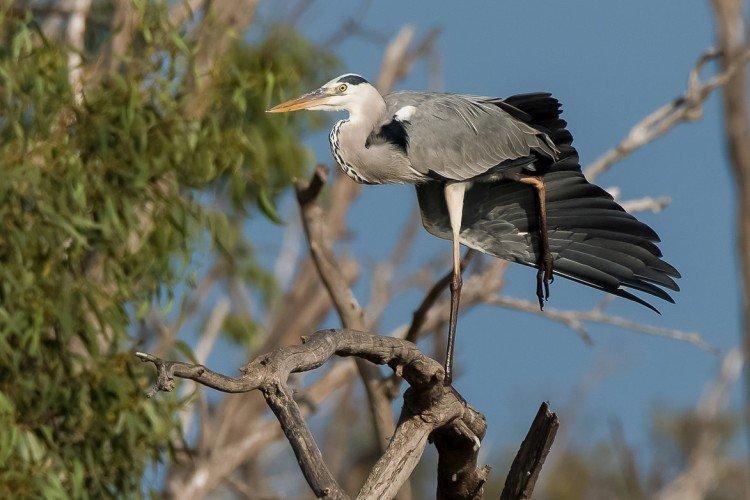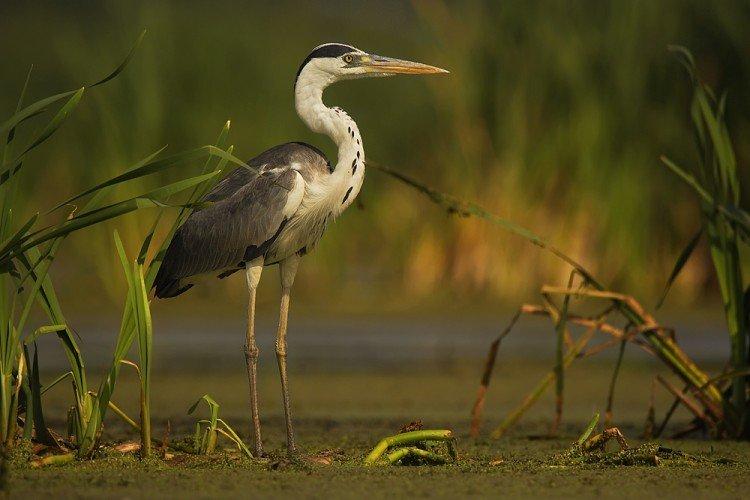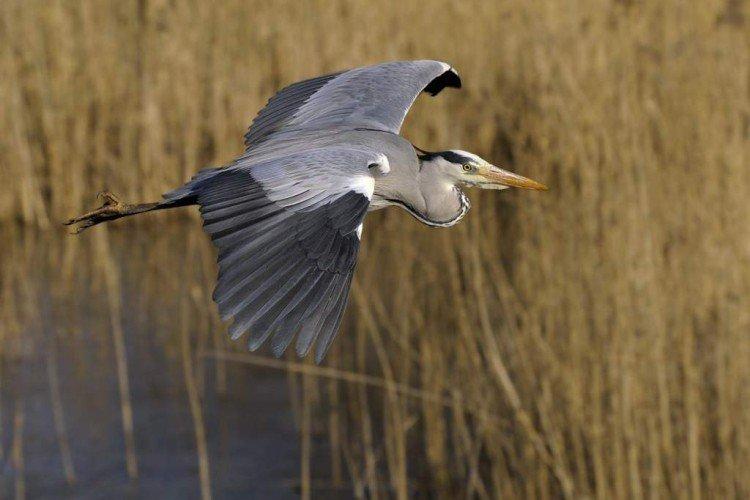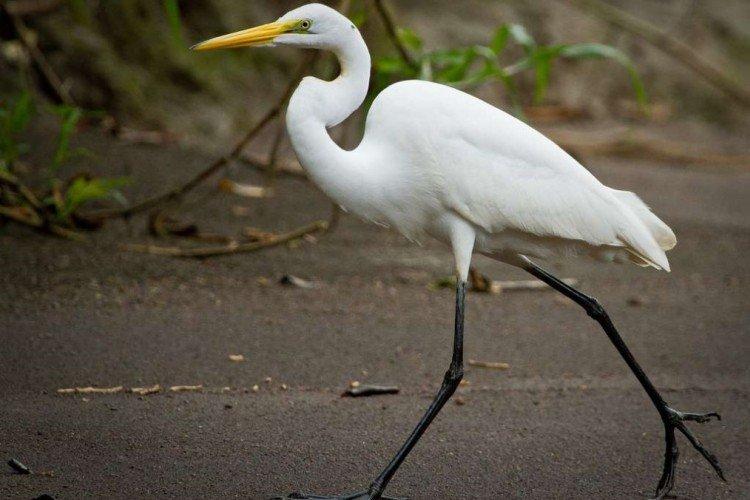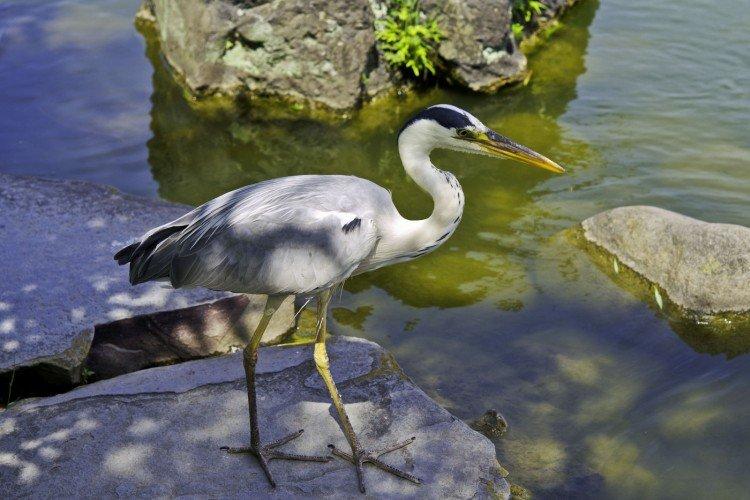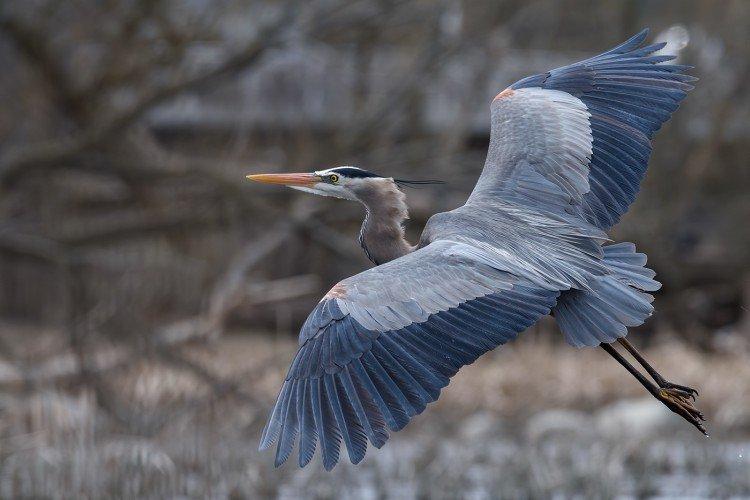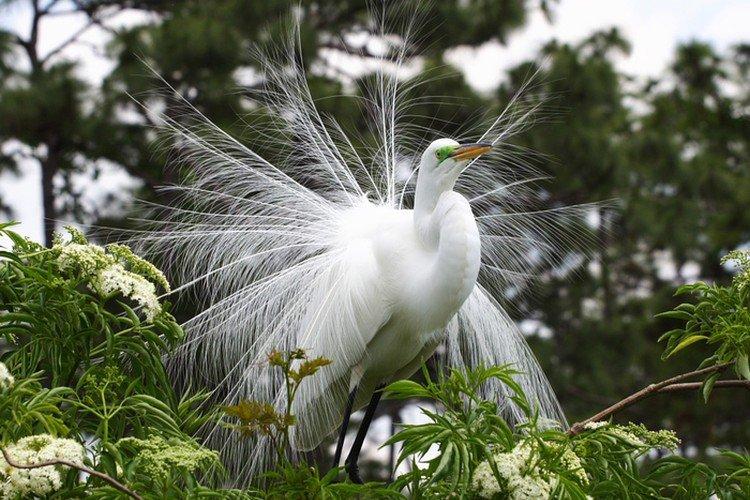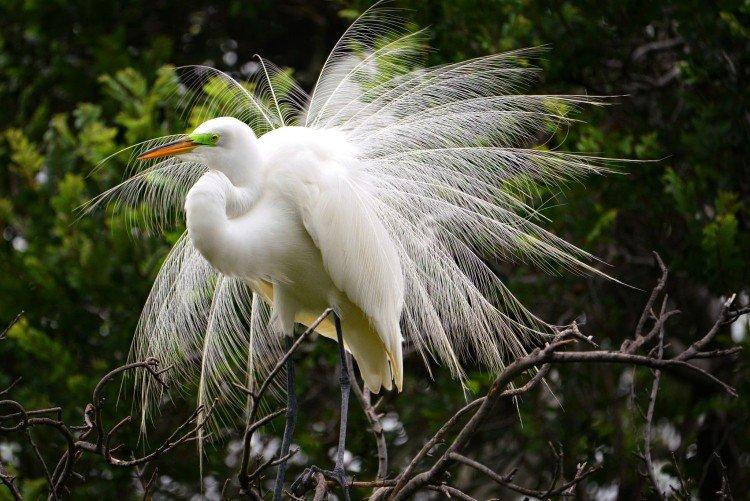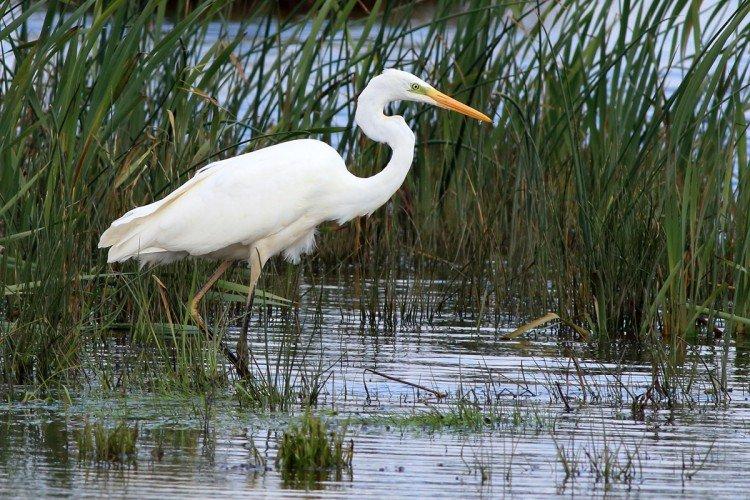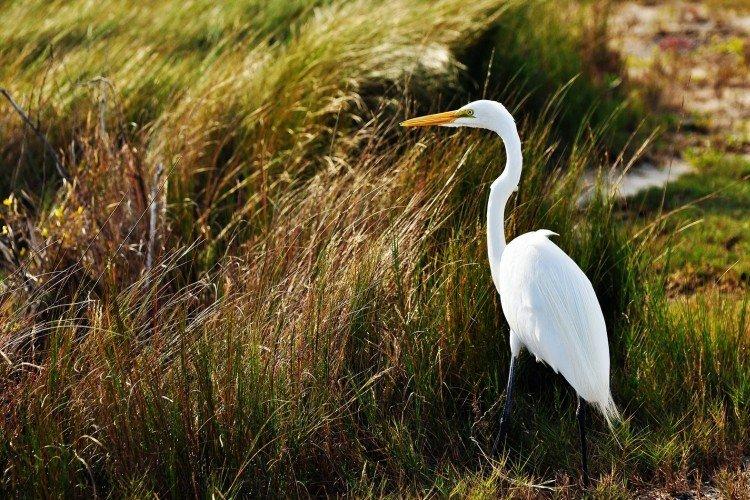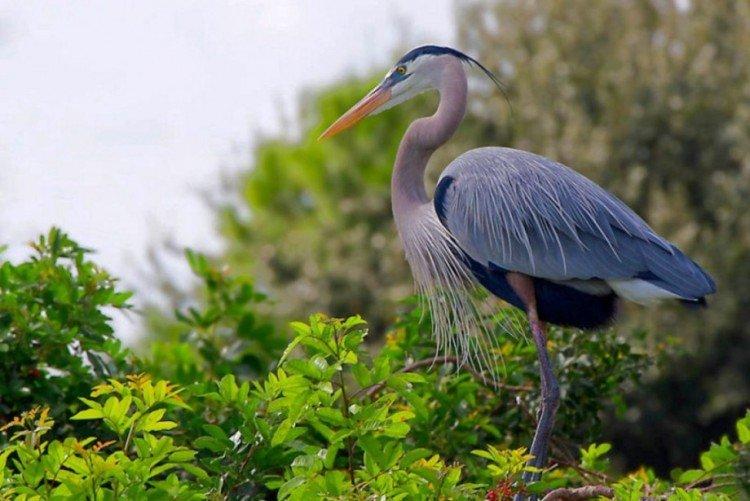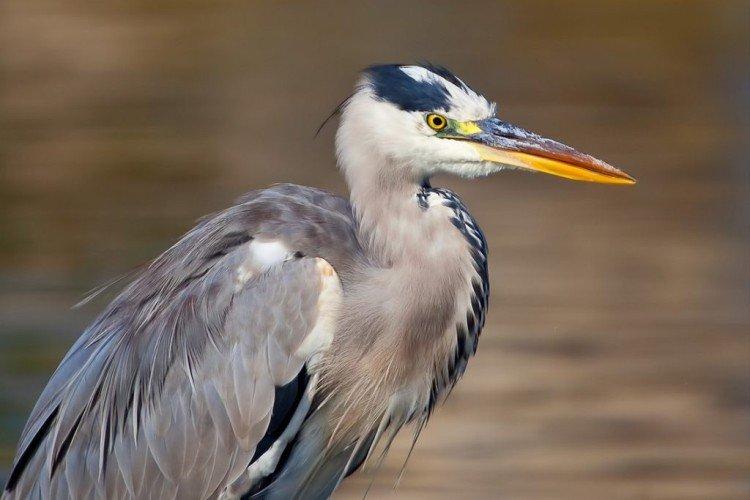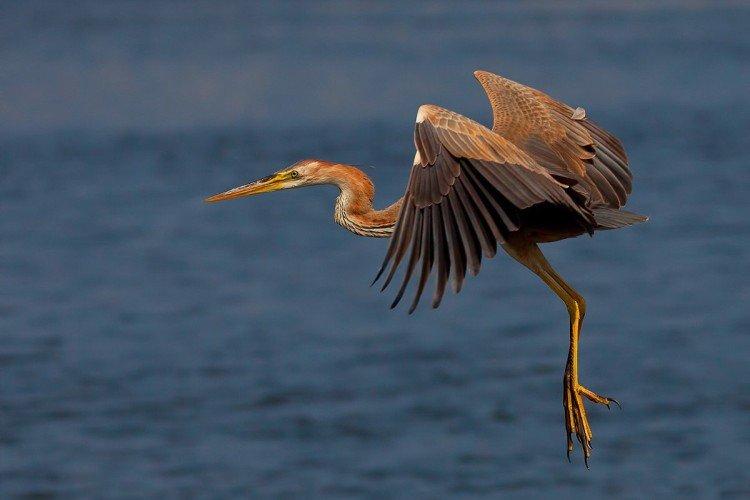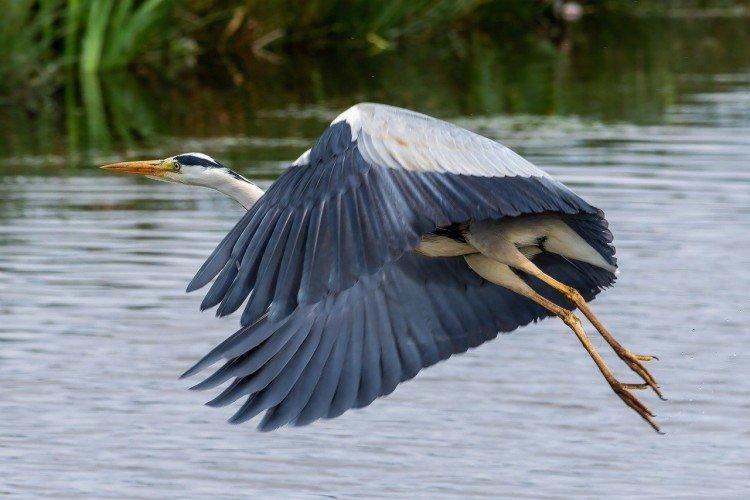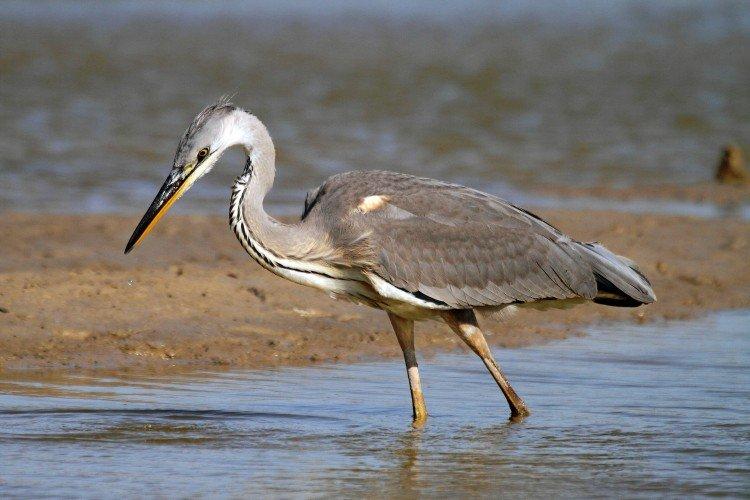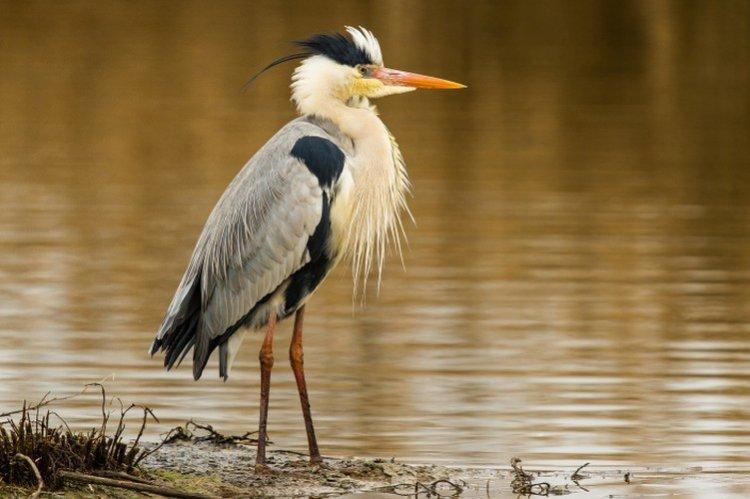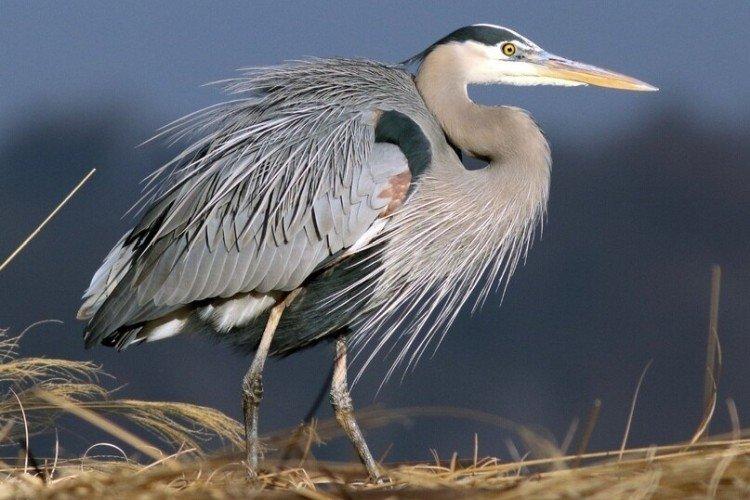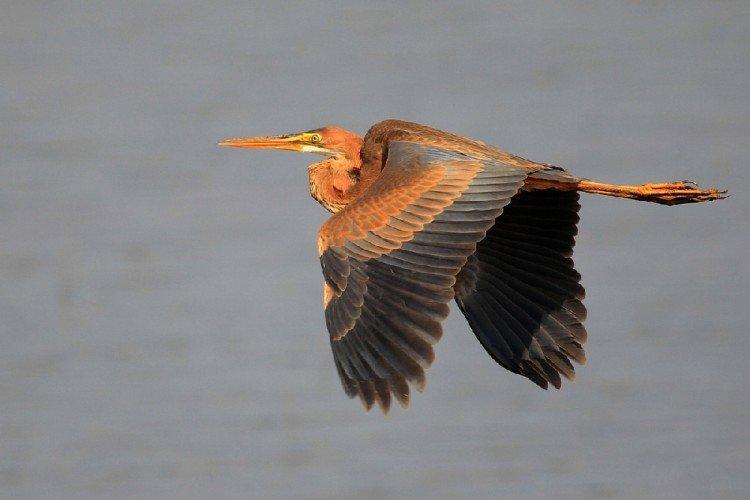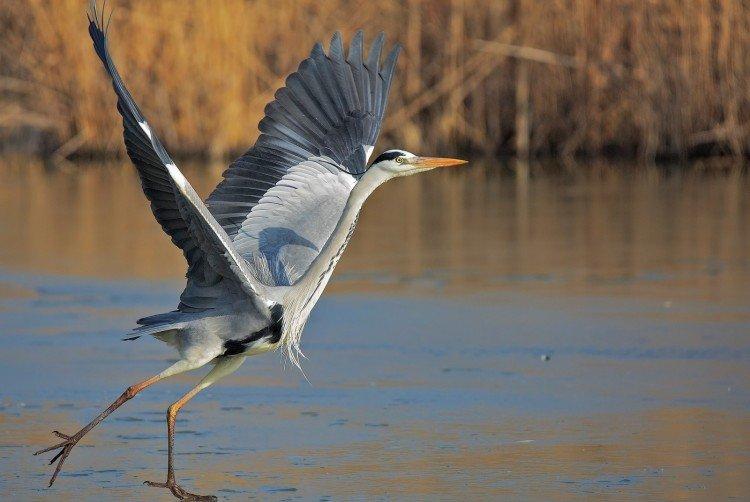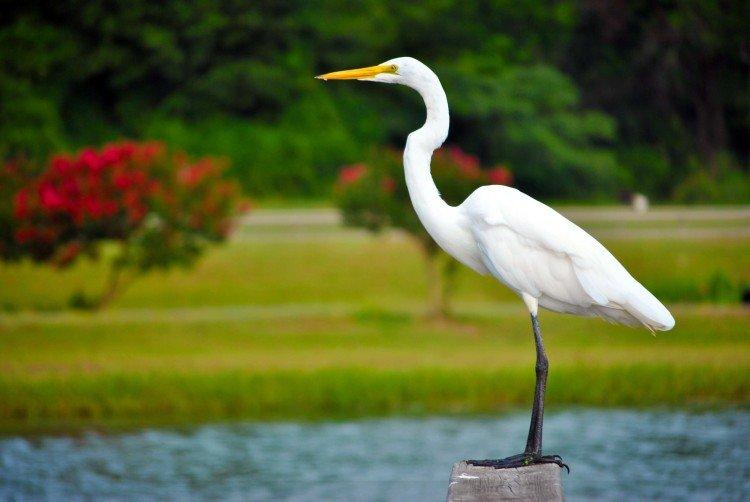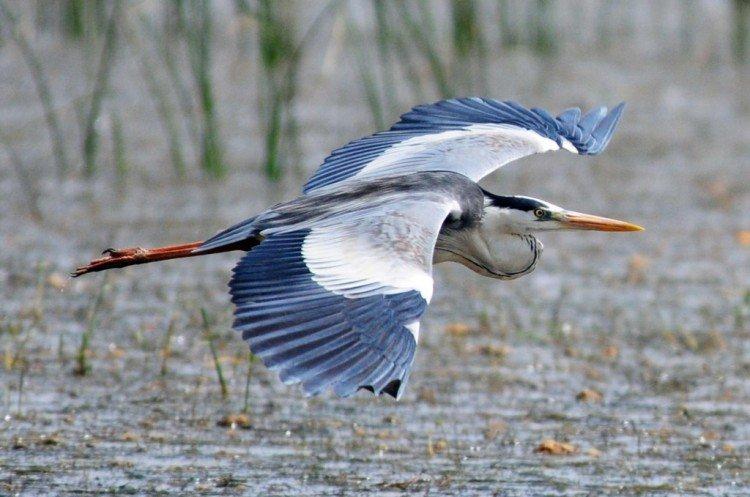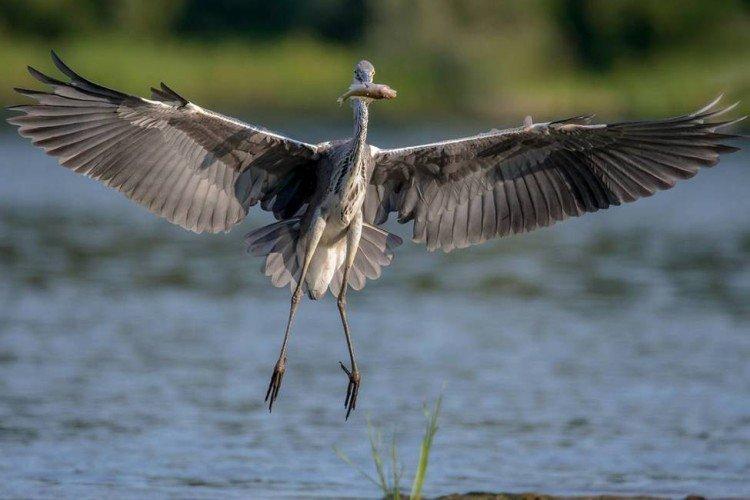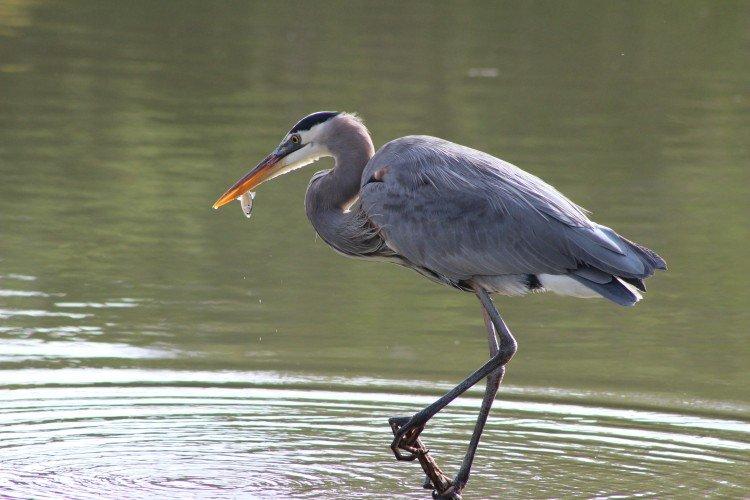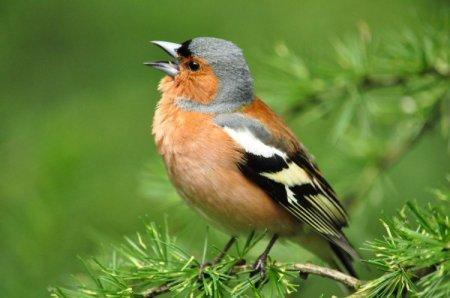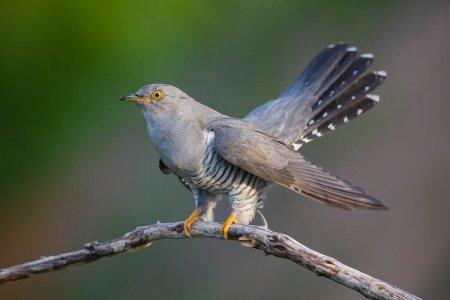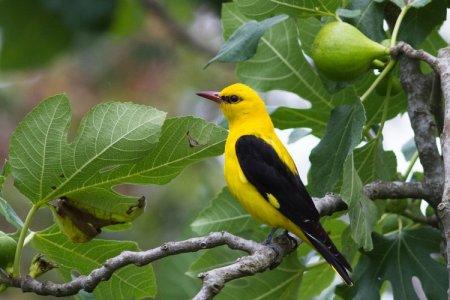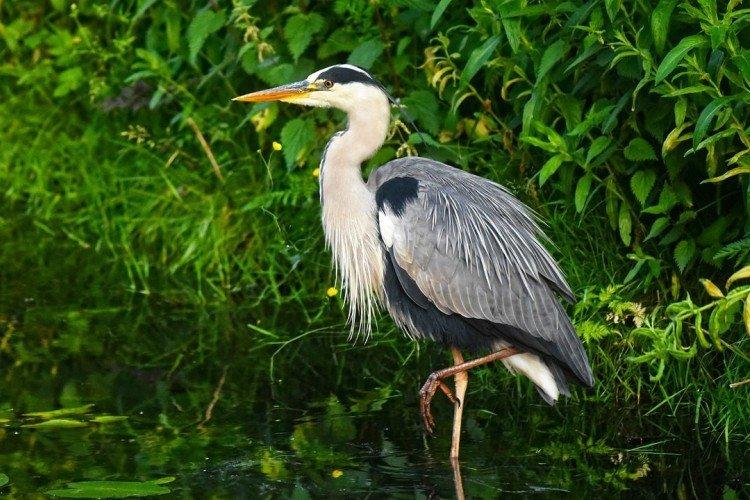
Long-legged and graceful herons are simply mesmerizing when they slowly walk through the water bodies. Thanks to the long neck and the same long beak, they seem even more graceful. We want to introduce you to this beautiful bird better!
general description
Despite some similarities in appearance and habits, herons are by no means the closest relatives of cranes and storks. It's funny, but the closest to them are night herons and bitters.
Heron appearance
The heron is easily recognizable by its elongated neck, long legs with tenacious toes, a pointed tail and a long beak. Unlike many other wading birds, it is not at all thin and rather tapered, but still sharp. The spread in the size of herons is due to their species diversity. The largest individuals weigh up to 7 kg, and the smallest ones weigh up to 2.
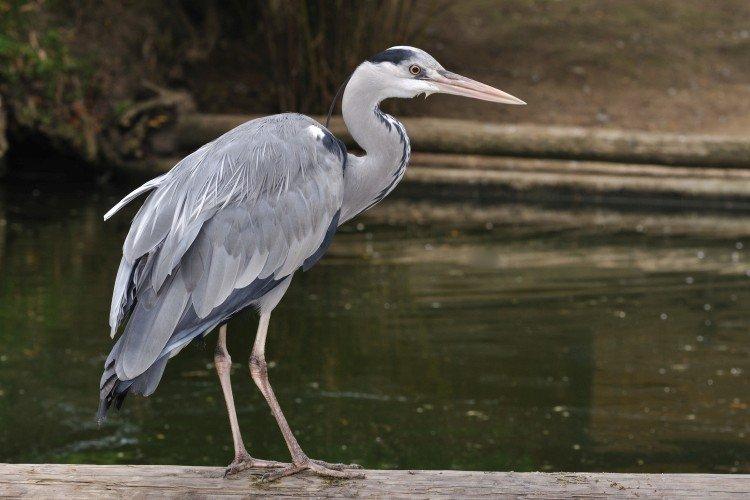
Can Herons Swim?
Unlike waterfowl, herons cannot dive or swim because they lack a gland that lubricates their feathers. It is this lubricant that prevents wetting and weighting of the plumage.
But herons have learned to powder themselves with fine dust, which remains when their own feathers break off. They do this quite deliberately and deliberately, distributing the substance with the help of their beak and long fingers. Thanks to this powder, feathers do not stick together.
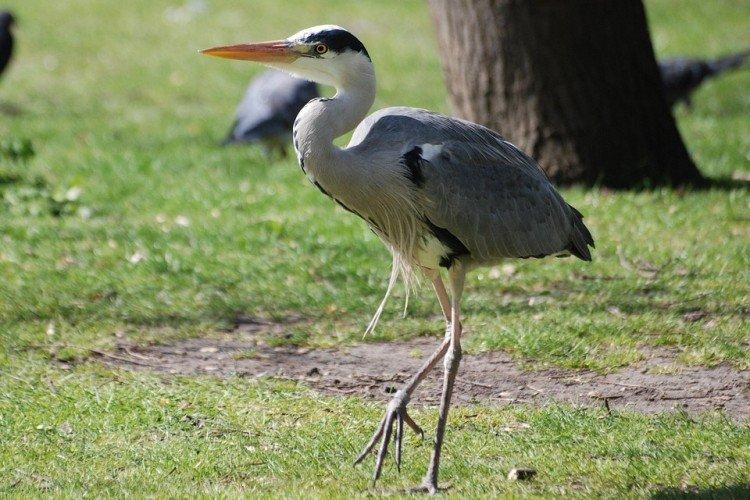
How long do herons live?
On average, herons live about 10-15 years, but some species live up to 20. The problem is also high mortality in the first year of life, because this is how up to 65% of young birds die.
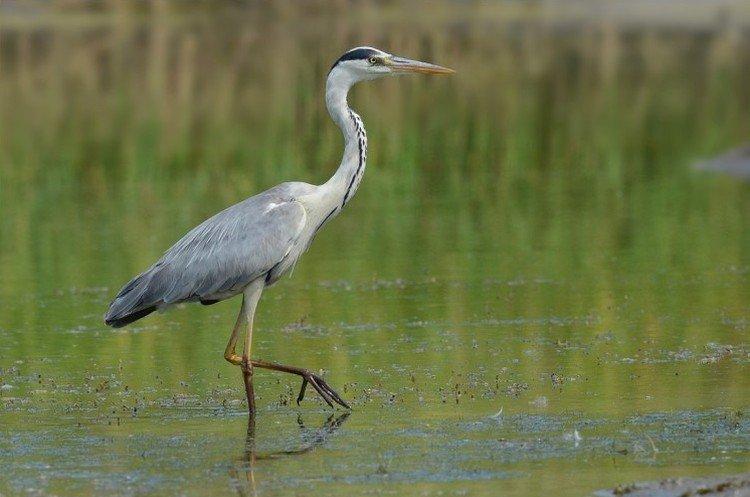
Communication
The most characteristic sound that can be used to identify a heron is a rough croaking rattle. The bird emits it in flight or upon landing. A dull croak is emitted by males when they warn of their presence.
Birds greet each other with a click. A lingering throat cry is a direct threat, and a guttural cackle is a warning of danger. Within the colony, herons also communicate with visual signals using postures and necks.
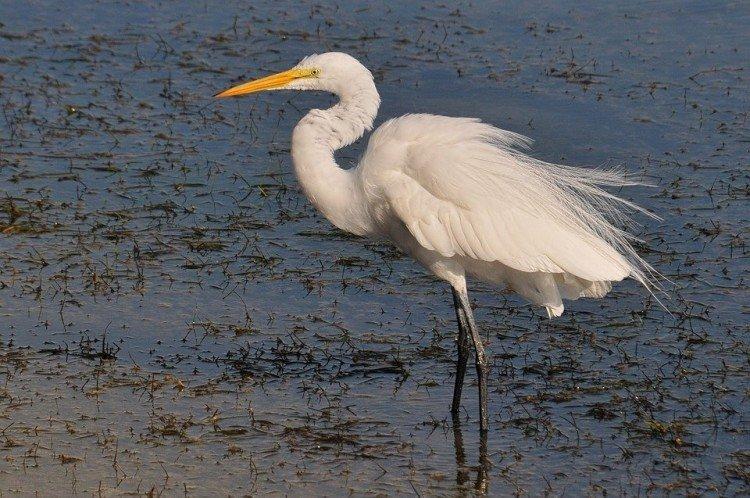
Flight
It is in flight that the main difference between the heron and other water birds, such as cranes and storks, is manifested. They are slow, not too maneuverable and retract their heads with the letter S. Therefore, they prefer a terrestrial lifestyle.
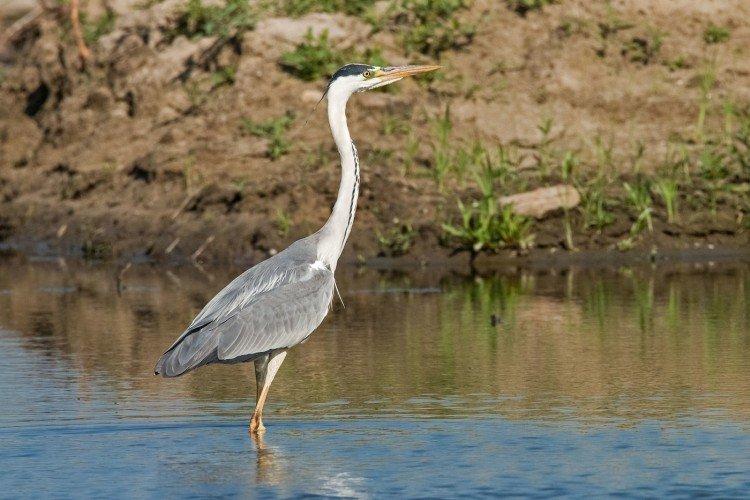
Heron species
The genus of herons is very numerous and diverse, at least due to the fact that they live everywhere. Let's look at some of the most common types!
Gray heron
A very common species throughout Eurasia and parts of Africa. She has long legs and neck, gray ash color and orange beak. The gray heron lives on almost any body of water, including in the neighborhood of humans.
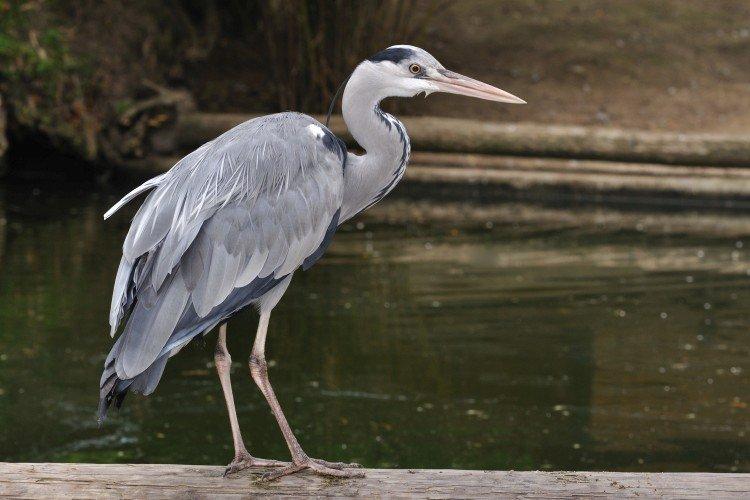
Great egret
A large thermophilic bird with elongated proportions, snow-white plumage and black legs. She has a very short tail and a yellow beak, which is partially colored green during the mating season.
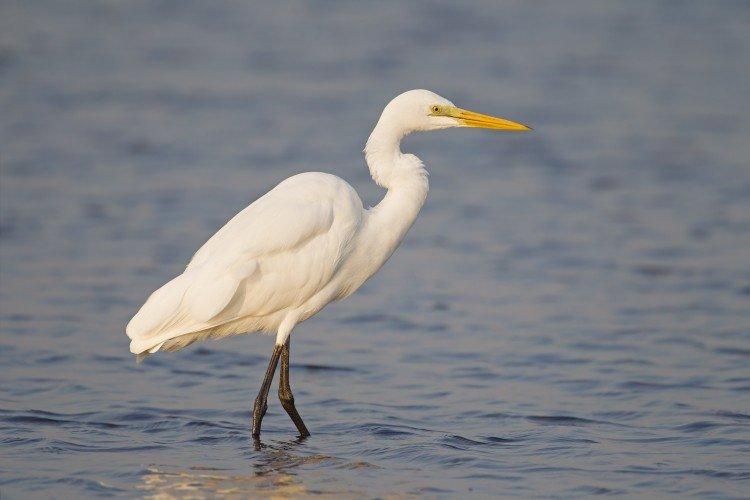
Red heron
A very unusual species that lives mainly in the south in reed beds. She is small, with brownish-brown plumage and a sharper neck curve.

Giant heron
She's a goliath. The largest heron of all with a wingspan of up to 2.3 m and with a growth of up to 1.5 m. She has a gray-brown body, a chestnut neck with a head and a white chin.
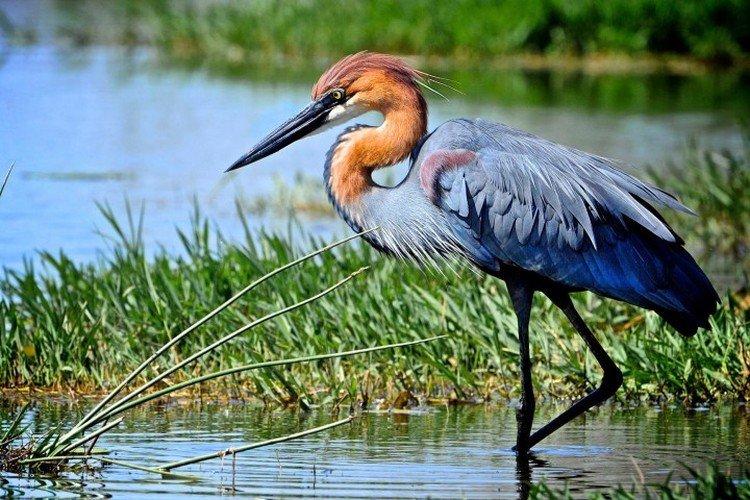
Magpie heron
In its unusual color, it really resembles a magpie. Yellow legs and beak stand out brightly against a black and white background. On the head there are several thin long feathers in the form of a tuft.
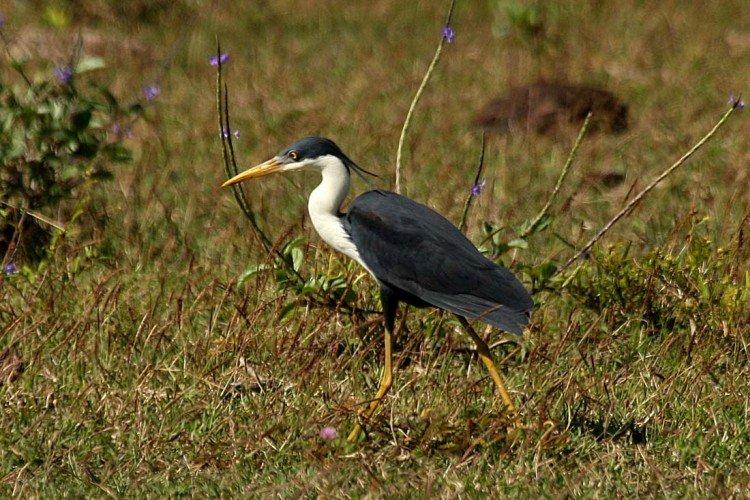
Madagascar Heron
A small species of dirty gray color and modest size. In addition to Madagascar, it has been seen on other islands with humid mangrove forests.
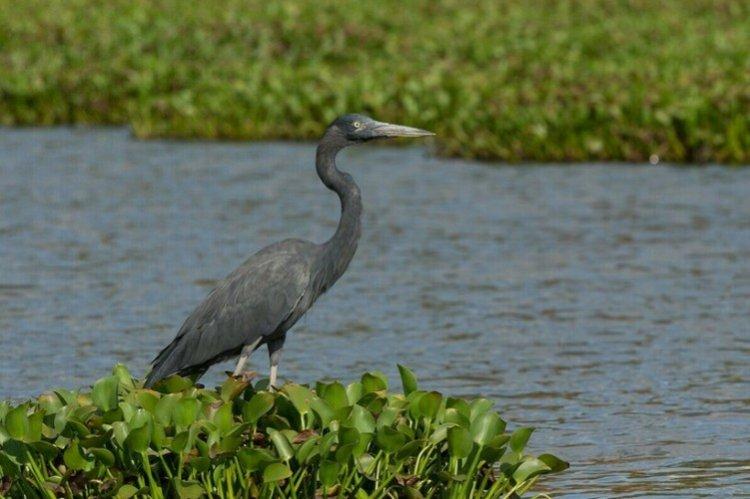
Lifestyle
Herons are very social birds. They live in large colonies and willingly share territory with other birds. Sometimes even small predators, such as rooks, peregrine falcons and kestrels, coexist with them. But these groups are unstable and easily grow or break up.
Heron habitats
Herons do not live except in Antarctica and the very polar regions. Otherwise, they are found on all continents and even on the islands. The habitat of each species is different.
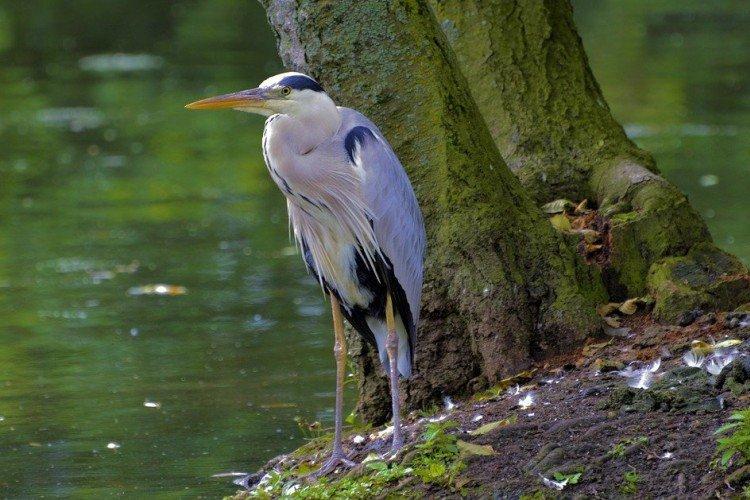
The diet
The heron walks in shallow water, looks out for its prey and attacks it with lightning speed even under the water column. They masterly know how to deceive the victim, freezing or moving their fingers. The diet is based on fish, molluscs, toads, and tadpoles. Herons also eat insects, crustaceans, small rodents, moles and rabbits, and even chicks.
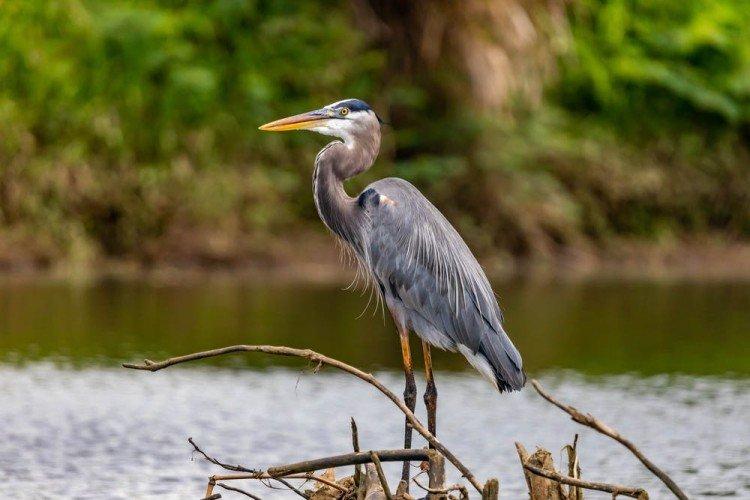
Wintering
Herons from temperate latitudes are forced migratory birds. But the southern and tropical species are sedentary. The migration period begins at the end of September, and they return to their homes in small groups in the spring.
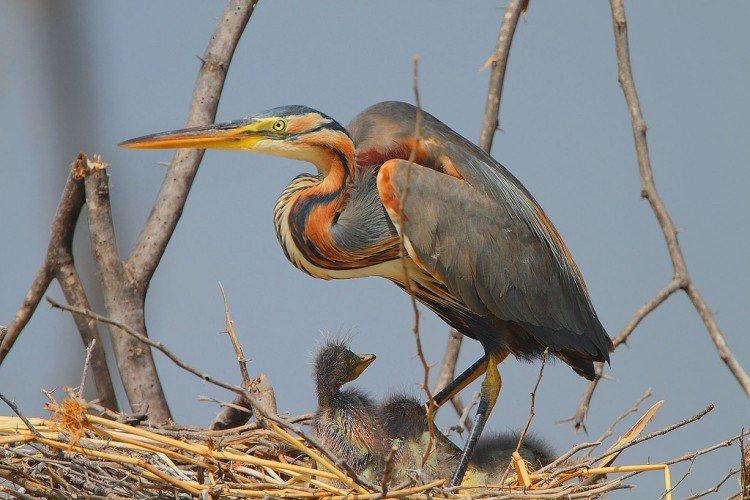
Breeding heron
Herons mate for one season, and the mating season traditionally begins in the second half of spring. Indirect signs are a change in the color of areas of bare skin on the head or the appearance of long openwork feathers on the back.
The male flaunts in front of the female, cracks and dances while she slowly approaches. Nests are hidden in trees or in dense thickets. Parents build it together, and it resembles an ordinary pile of branches up to 1 m in diameter.
The female lays 2 to 7 eggs, and the incubation period lasts about a month. Both parents hatch the offspring, but the chicks hatch not at the same time. Due to the fact that the elders develop faster than the last ones, by the end of the season only a few, or even one, the strongest and nimbleest chick survive. The young grow on the wing in 50-60 days.
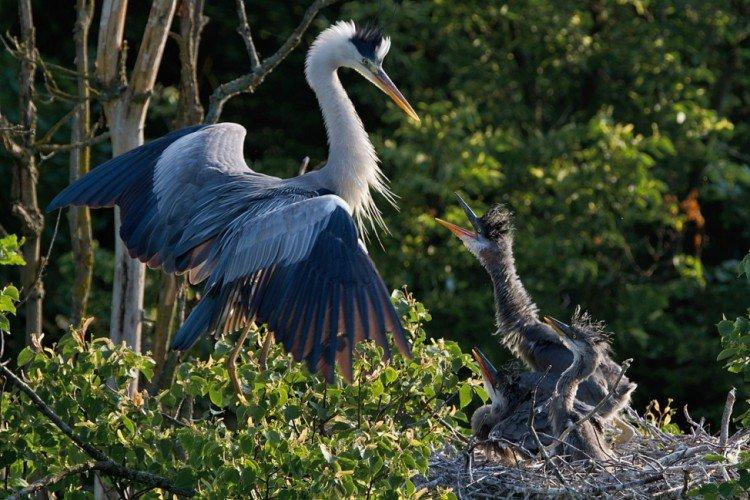
Natural enemies
Depending on the region of residence, local predators pose a threat to herons. Especially aquatic, like crocodiles, in those latitudes where they live nearby. Small species are attacked by large varieties of eagles, falcons and owls.
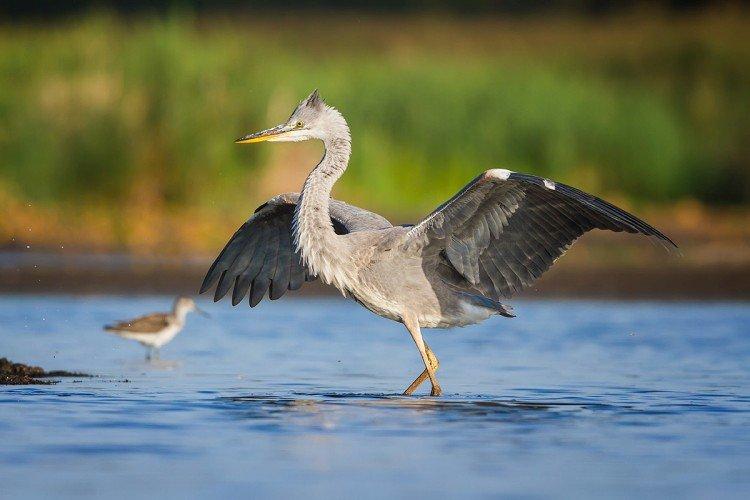
Heron - bird photo
Different species of heron differ significantly from each other, but at the same time they have many common features. Therefore, we have collected a large selection of photos for review!
